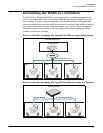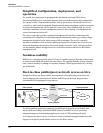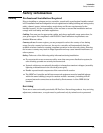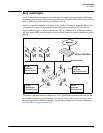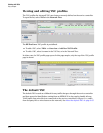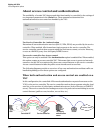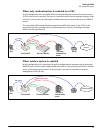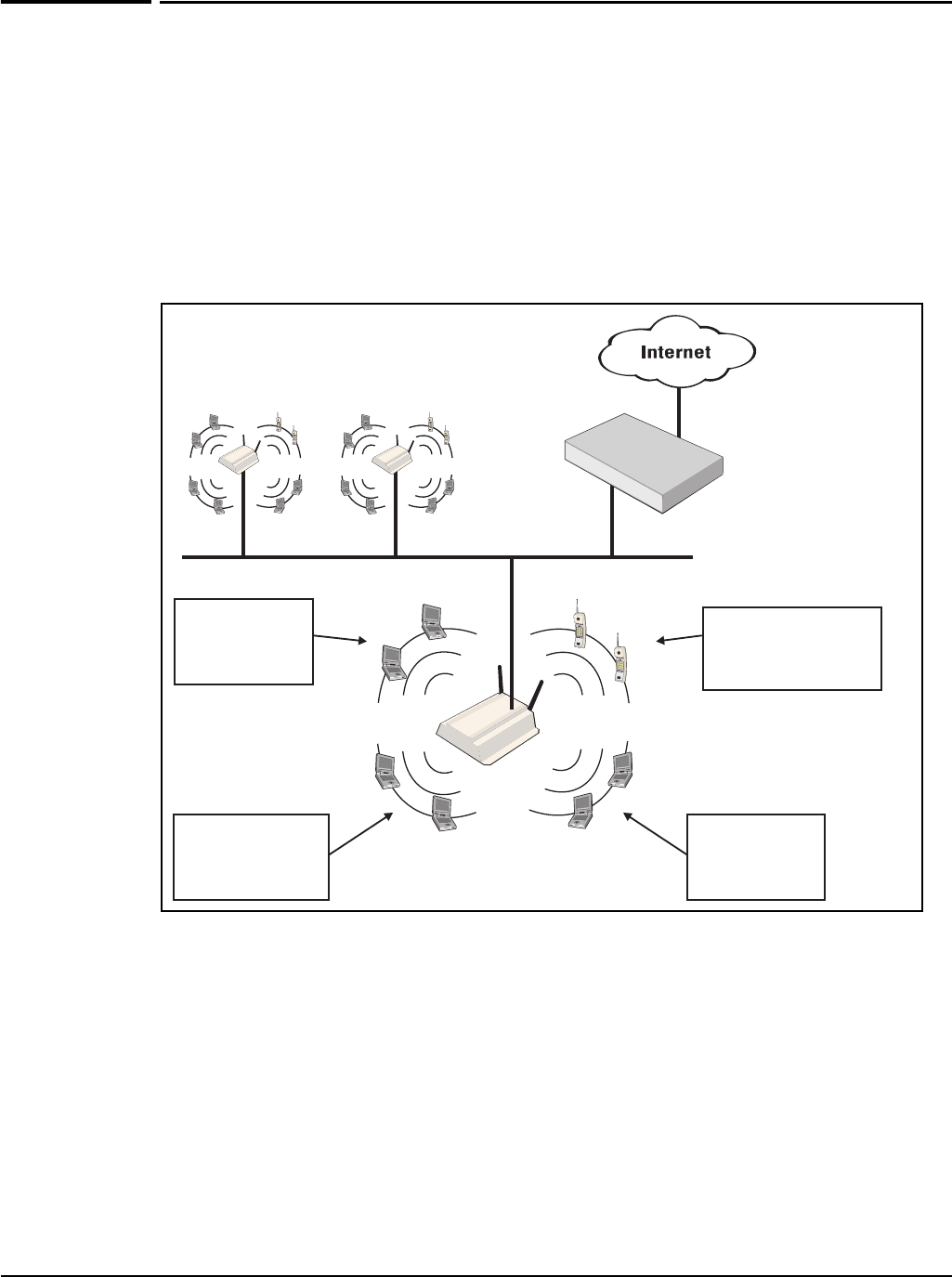
Working with VSCs
Key concepts
Key concepts
A VSC (virtual service community) is a collection of configuration settings that define key
operating characteristics of the service controller and controlled APs. In most cases, a VSC is
used to define the characteristics of a wireless network.
A service controller supports up to sixteen VSC profiles, allowing for great flexibility in the
configuration of services. For example, in the following scenario four VSCs are used to
support different types of wireless users. Each VSC is configured with a different wireless
network name (SSID), and the quality of service (QoS) feature is used to classify user traffic
priority.
VSC #2
SSID=Phone
QoS=Very High Priority
VSC #1
SSID=Guest
QoS=Low priority
VSC #3
SSID=Employee
QoS=Normal priority
VSC #4
SSID=Video
QoS=High priority
Backbone Network
Service Controller
AP
#1 #2 #1 #2
AP AP
#3
#4
#3
#4
The service controller defines a global pool of VSC profiles that represent the services that
are available on the network. From this pool, specific VSC profiles can be bound to one or
more groups (and the APs in the groups), to provide a homogeneous wireless offering. See
Binding VSCs to groups on page 3-22.
2-3





